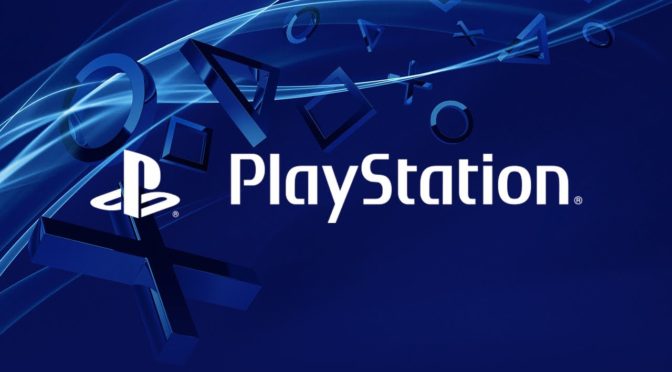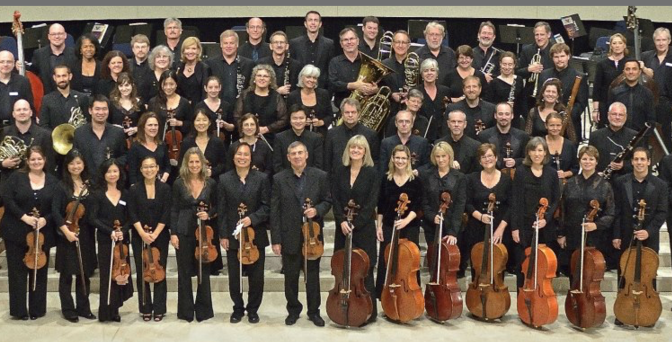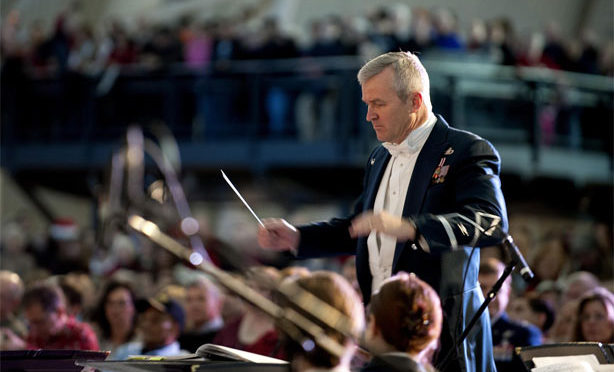by Marc Sazer, Recording Musicians Association (RMA) President and Member of Locals 47 and 802
As we reach out to colleagues we are frequently asked, “What is the Recording Musicians Association, or RMA? What do you do?” The first answer is that we are a player conference of the AFM. The next question is often, “What’s that?”
Our AFM represents musicians of many different stripes—freelancers working in symphonic, theater, recording, and touring industries; tenured musicians in full-time orchestras; club musicians; and more. How we developed our rank-and-file player conferences is a crucial part of our common narrative.
Rank-and-File Participation
Other unions also grapple with how to facilitate rank-and-file participation: SAG-AFTRA sponsors the pioneering Dancers Alliance, which works with grass-roots commercial dancers to gain union recognition and improve wages and conditions. Many unions establish temporary “wage & hours” committees in advance of negotiations, organizing committees for specific campaigns, and other types of rank-and-file committees.
The International Conference of Symphony and Opera Musicians (ICSOM) was recognized as an organization of symphonic musicians within the AFM in 1969, followed by Organization of Canadian Symphony Musicians (OCSM) in 1975, RMA in 1982, Regional Orchestra Players Association (ROPA) in 1984, and Theater Musicians Association (TMA) in 1997.
Our player conferences play a key role as “intermediate bodies” within our union. We are not labor unions; we are not union locals.
So what is RMA? What does it do?
Assists our AFM in contract negotiations for media contracts: Sound Recording Labor Agreement (SRLA), videotape, film, TV, commercials, etc.
Assists our AFM International Executive Board (IEB), locals, and staff in the ongoing administration of our collective bargaining agreements.
Helps our union by providing ongoing research into our employment and our employers.
Acts as both a voice and resource for rank-and-file musicians, helping players navigate our union structure and the structure of our collective bargaining agreements (CBAs).
Assists our union by being available as a channel of communication with others in the businesses that employ AFM members.
With the long-standing leadership of RMA Vice President Bruce Bouton, trustee of the AFM & SAG-AFTRA Fund, works with our union to protect musicians’ intellectual property rights.
RMA is committed to engaging in deep research, trying to understand employment opportunities through data. We are dedicated to making policy recommendations based on factual data, rather than personal anecdotes. Musicians always want more work. The oversupply of musical labor isn’t new, but every generation has to learn how to distinguish opportunity from mirage.
Research Supports Unionism
One example of research is an ongoing project of tracking the motion pictures that open “wide,” that is, the universe of movies that are likely to have substantial music budgets and employment. We look at how many are scored AFM, how many are filmed in North America, where they were scored, who the composers and production companies were, whether or not they were signatory companies, etc.
Data helps us see through the blogosphere and see through misinformation. Good research and data is key to modern unionism.
In June, the AFM began TV/videotape negotiations with the major networks. We met in New York City for a short week of caucus days and direct negotiations. But the real work began long before, and RMA was there.
This bargaining unit includes members of regular, ongoing bands, like the bands for Saturday Night Live, Jimmy Kimmel Live, The Late Late Show with James Corden, and others. There are also a large number of musicians who play various awards shows, like the Academy Awards, the Grammys, and the Tonys. And there are players from The Voice and other nonscripted shows. We went out and talked with players, sounding out issues, hearing concerns, and carrying their issues to our caucus.
Based on years of participation in this and other media contracts, RMA also brought expertise with the CBA itself to our union. All of our media contracts are interwoven and interdependent. For example, key issues with videotape involve new media exhibition; those of us who have worked with new media in film and TV, and have kept abreast of the new media experience of our sister unions, are able to make important contributions to our AFM caucus.
Sony PlayStation
I’d also like to mention an event that RMA played a key role in bringing to fruition.
Sony PlayStation is a titan of the gaming world, producing a complete range of products—consoles, displays, VR headsets, and an industry leading collection of interactive software. Going into E3, the major annual game convention, PlayStation wanted to roll out their new lineup to maximum effect. Sony planned to stream a full orchestra playing to live gameplay. The music director contacted some of us from RMA for assistance, and we worked behind the scenes with AFM President Ray Hair, EMSD Director Pat Varriale, several top executives and attorneys from Sony PlayStation, the contractor, and Local 47 officers and staff to help everybody navigate the system together.
RMA helped PlayStation and the AFM work together directly. The outcome was a stunning success. First, the event was a smash hit, winning rave reviews, and is now available on YouTube and at PlayStation.com. Perhaps more importantly, a level of mutual respect and trusting communication emerged between this industry leading company and our union. We have many more steps to take on this path, but after years of discord, a new window has opened!
This is how RMA contributes to the health of our union. In the spirit of our 100th AFM Convention, we are, indeed, stronger together.










